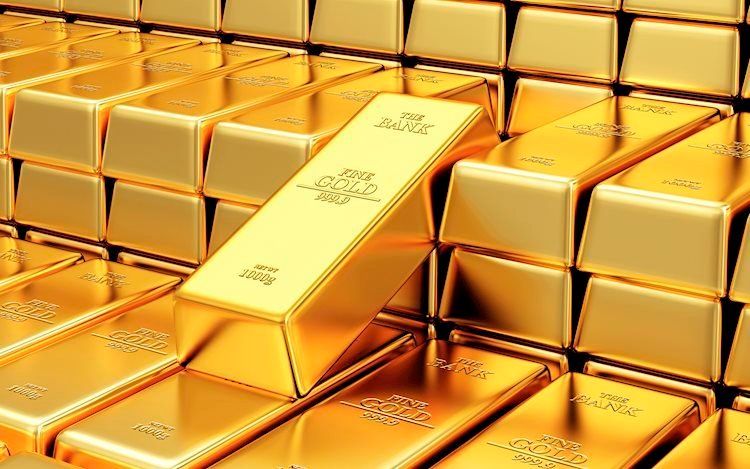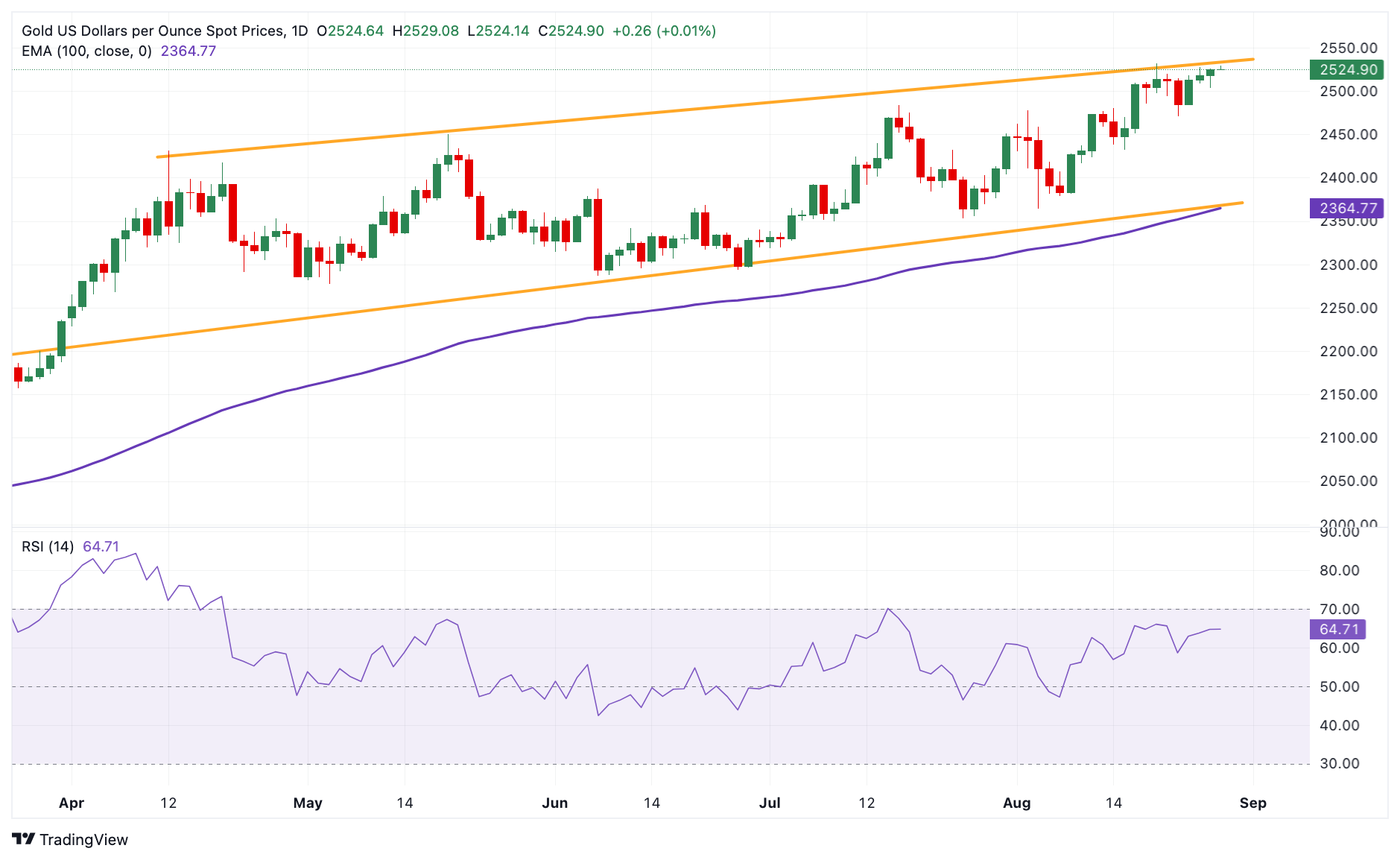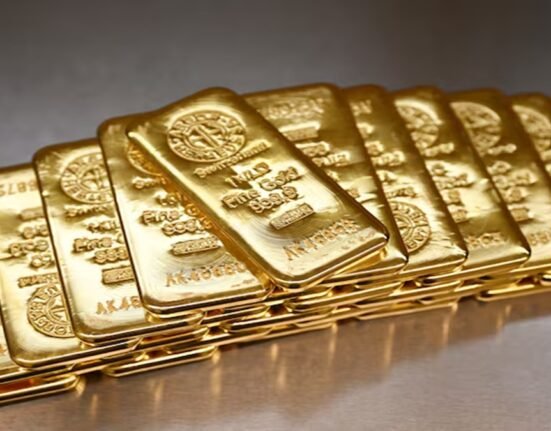- Gold price extends its rally in Wednesday’s Asian session.
- The deteriorating situation in the Middle East and the Fed’s dovish stance underpin the Gold price.
- Traders await the speeches from the Fed’s Waller and Bostic on Wednesday.
The Gold price (XAU/USD) gains traction above $2,500 per troy ounce on Wednesday, bolstered by the escalating geopolitical tensions in the Middle East. Additionally, US Federal Reserve (Fed) Chair Jerome Powell’s speech at the Jackson Hole symposium last week, signalling “time has come” to begin lowering interest rates, supports the precious metal as it reduces the opportunity cost of holding non-interest-paying assets.
Investors will take more cues from the Fed’s Christopher Waller and Raphael Bostic speeches on Wednesday for some hints about the US interest rate path. The attention will shift to the preliminary US Gross Domestic Product (GDP) Annualized for the second quarter (Q2) and Personal Consumption Expenditures (PCE) – Price Index data, which will be published on Thursday and Friday, respectively. The better-than-estimated outcomes could lift the US Dollar (USD) and cap the upside for the USD-denominated Gold price.
Daily Digest Market Movers: Gold price remains strong near the record-high
- Thousands of troops from special units mobilized for a large-scale operation in the northern West Bank, which is anticipated to take several weeks. The report said the army has conducted the largest military operation in the West Bank since 2002, and the operation will continue for several days.
- “The prospect of falling interest rates is also attracting investors. According to Bloomberg, Gold ETF holdings rose by 15 tonnes last week to the highest level in six months. Speculative interest is particularly strong. The net long position of speculative investors rose to around 193,000 contracts in the week to August 20th, at the same time as Gold hit an all-time high, its highest level in almost four and a half years,” noted Commerzbank’s commodity strategist Carsten Fritsch.
- The Conference Board’s US Consumer Confidence Index improved to a six-month high, rising to 103.3 in August from an upwardly revised 101.9 in July.
- The US Housing Price Index declined by 0.1% MoM in June, below the market consensus of a 0.2% increase, the Federal Housing Federal Agency showed Tuesday.
- According to the CME FedWatch Tool, the rate futures markets have fully priced in a 25 basis points (bps) rate cut in September, while the possibility of a deeper rate cut stands at 34.5%. Traders see 100 bps Fed easing this year.
Technical Analysis: Gold price maintains the bullish vibe in the longer term
The Gold price edges higher on the day. The precious metal remains capped under a five-month-old ascending channel upper boundary and the record high. A broader positive outlook of yellow metal remains unchanged as it holds above the key 100-day Exponential Moving Average (EMA) on the daily chart. The upward momentum is supported by the 14-day Relative Strength Index (RSI), which stands above the midline near 64.70, affirming continued bullish pressure in the near term.
The key resistance level for XAU/USD emerges at $2,530, representing the confluence of the all-time high and the upper boundary of the trend channel. A bullish breakout above this level could make a play for the $2,600 psychological barrier.
On the downside, the initial support level is seen at the $2,500 round figure. A breach of the mentioned level could lead to further losses near $2,470, the low of August 22. The next contention level to watch is $2,432, the low of August 15.
US Dollar price today
The table below shows the percentage change of US Dollar (USD) against listed major currencies today. US Dollar was the weakest against the Australian Dollar.
| USD | EUR | GBP | CAD | AUD | JPY | NZD | CHF | |
| USD | 0.03% | 0.03% | -0.02% | -0.22% | 0.24% | -0.01% | 0.10% | |
| EUR | -0.02% | 0.00% | -0.04% | -0.24% | 0.24% | -0.03% | 0.09% | |
| GBP | -0.05% | -0.02% | -0.06% | -0.26% | 0.21% | -0.05% | 0.07% | |
| CAD | 0.02% | 0.04% | 0.05% | -0.19% | 0.27% | 0.01% | 0.12% | |
| AUD | 0.21% | 0.23% | 0.24% | 0.19% | 0.46% | 0.21% | 0.31% | |
| JPY | -0.24% | -0.22% | -0.23% | -0.26% | -0.45% | -0.25% | -9914.98% | |
| NZD | 0.01% | 0.07% | 0.03% | 0.02% | -0.21% | 0.27% | 0.12% | |
| CHF | -0.11% | -0.09% | -0.08% | -0.12% | -0.32% | 0.14% | -0.12% |
The heat map shows percentage changes of major currencies against each other. The base currency is picked from the left column, while the quote currency is picked from the top row. For example, if you pick the Euro from the left column and move along the horizontal line to the Japanese Yen, the percentage change displayed in the box will represent EUR (base)/JPY (quote).
Risk sentiment FAQs
In the world of financial jargon the two widely used terms “risk-on” and “risk off” refer to the level of risk that investors are willing to stomach during the period referenced. In a “risk-on” market, investors are optimistic about the future and more willing to buy risky assets. In a “risk-off” market investors start to ‘play it safe’ because they are worried about the future, and therefore buy less risky assets that are more certain of bringing a return, even if it is relatively modest.
Typically, during periods of “risk-on”, stock markets will rise, most commodities – except Gold – will also gain in value, since they benefit from a positive growth outlook. The currencies of nations that are heavy commodity exporters strengthen because of increased demand, and Cryptocurrencies rise. In a “risk-off” market, Bonds go up – especially major government Bonds – Gold shines, and safe-haven currencies such as the Japanese Yen, Swiss Franc and US Dollar all benefit.
The Australian Dollar (AUD), the Canadian Dollar (CAD), the New Zealand Dollar (NZD) and minor FX like the Ruble (RUB) and the South African Rand (ZAR), all tend to rise in markets that are “risk-on”. This is because the economies of these currencies are heavily reliant on commodity exports for growth, and commodities tend to rise in price during risk-on periods. This is because investors foresee greater demand for raw materials in the future due to heightened economic activity.
The major currencies that tend to rise during periods of “risk-off” are the US Dollar (USD), the Japanese Yen (JPY) and the Swiss Franc (CHF). The US Dollar, because it is the world’s reserve currency, and because in times of crisis investors buy US government debt, which is seen as safe because the largest economy in the world is unlikely to default. The Yen, from increased demand for Japanese government bonds, because a high proportion are held by domestic investors who are unlikely to dump them – even in a crisis. The Swiss Franc, because strict Swiss banking laws offer investors enhanced capital protection.








